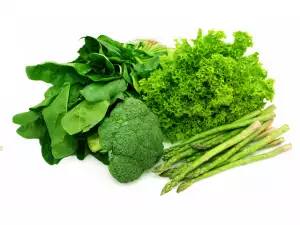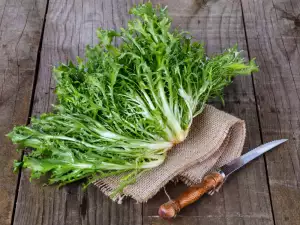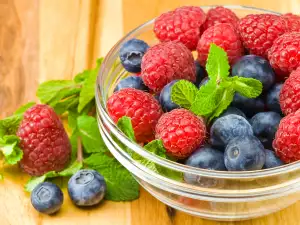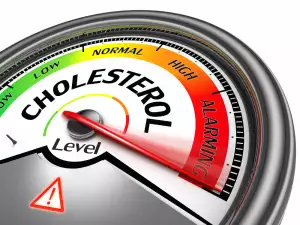Vegetables provide valuable amounts of dietary fiber, or so-called fiber to complement the rich cocktail of vitamins, minerals and antioxidants that help support a healthy immune system. In order to improve your overall health and maintain your physical beauty, eat fiber-rich vegetables regularly.
Fiber in vegetables acts beneficially on the body in numerous ways. It contributes to food ingested having efficient movement through the digestive system and unnecessary organic material to be disposed of faster. However, these essential fibers serve as a useful tool in maintaining healthy levels of cholesterol and blood sugar levels, which are critical factors to prevent cardiovascular disease, obesity and diabetes.
Regular consumption of fiber also takes care of the proper functioning of the colon and prevents or reduces the symptoms of constipation and other digestive disorders.
Fiber increases the feeling of satiation, so it may be useful in controlling appetite and moderating your weight.
There are two types of dietary fiber. First - insoluble fiber, which is found in significant amounts in all leafy vegetables, beans, and most vegetables whose skin is not removed when cooking. It promotes good bowel movements and accelerates the release of stools in the colon. The other - soluble fiber, is abundant in artichokes, carrots, broccoli and spinach, being associated with fatty acids and prolong the emptying time of the stomach so that sugar can be separated and absorbed properly.
In half a cup of the following vegetables and plants, the most fiber grams are contained: Brussels sprouts (2 g), colored sprouts (2 g), curled sprouts (1-2 g), broccoli (between 2 and 3 g.), lettuce (4 g), dock (2 to 3 g), spinach (2 to 3 g), sorrel (2 to 3 g), peas (between 7 and 9 g), beans (between 6 and 10 g), lentils (7 g), corn (5 g), artichokes (7.2), radish (1 g), aubergines (between 1 and 2 g), potatoes (between 3 and 4 g) – it is recommended that young potatoes and raw carrots are to be eaten with the peel (then, they will have 3 to 4 g).

To increase your fiber intake, choose mostly fresh, raw vegetables, as they provide the highest quantities of food and fiber.
Dietetic Association recommends that women take 25 grams of fiber a day and men should try to get 38 grams. After the age of 50, these go down to 21 grams for women and 30 grams for men.
To answer these values for required fiber, have about 2 cups of vegetables daily in addition to other food sources of fiber, such as whole grains and legumes.
It is a good habit to consume vegetables with any dish: soups, pasta dishes, omelets and more.

Evidence of the beneficial properties of fiber
A U.S. study has been testing the effects of intake of vegetables high in fiber. Subsequent results convinced scientists that their regular consumption is associated with reduced risk of colon cancer and prevention of cardiovascular diseases.
Ten healthy volunteers were assigned a diet, which consisted of three different dietary cycles. Each had a duration of two weeks.
The first diet included lots of vegetables, fruits and nuts (55 g dietary fiber per day and 1 000 kcal.), the second- grains and legumes (the early agricultural diet in the development of human civilization) and the third was low in fat (contemporary therapeutic diet).
Each was a diet suitable for weight maintenance (ie 2577 kcal. intake daily).
The comparison of results showed that the grain diet and the low fat one have the same effect on the body as one rich in dietary fiber.
A vegetable and fruit diet resulted in the greatest reduction in low-density lipoprotein (LDL) cholesterol, 33% + / - 4%, P <0.001. It helped highest excretion of bile acid in feces -1, 13 + / - 0, 30 g / d, P = 0.002, and the most significant release of stool volume - 906 + / - 130 g / d, P <0.001, as well as short-chain fatty acids in faeces -78 + / - 13 mmol / d, P <0.001.
However, due to the increase in emitted faeces, the actual concentration of bile acids is lower in the vegetable diet, and minimizing of the lipids was noted within one week. Separation of mevalonic acid (P = 0.036) was also highest in the vegetable diet.



















Comments